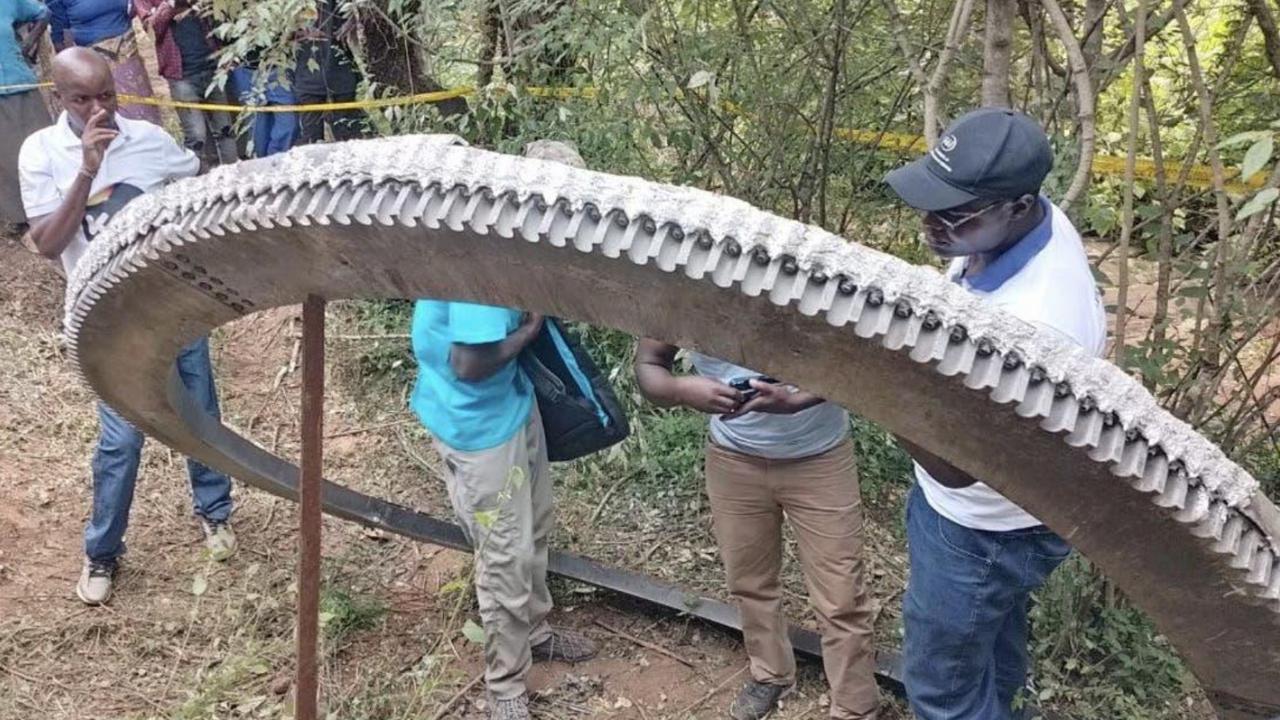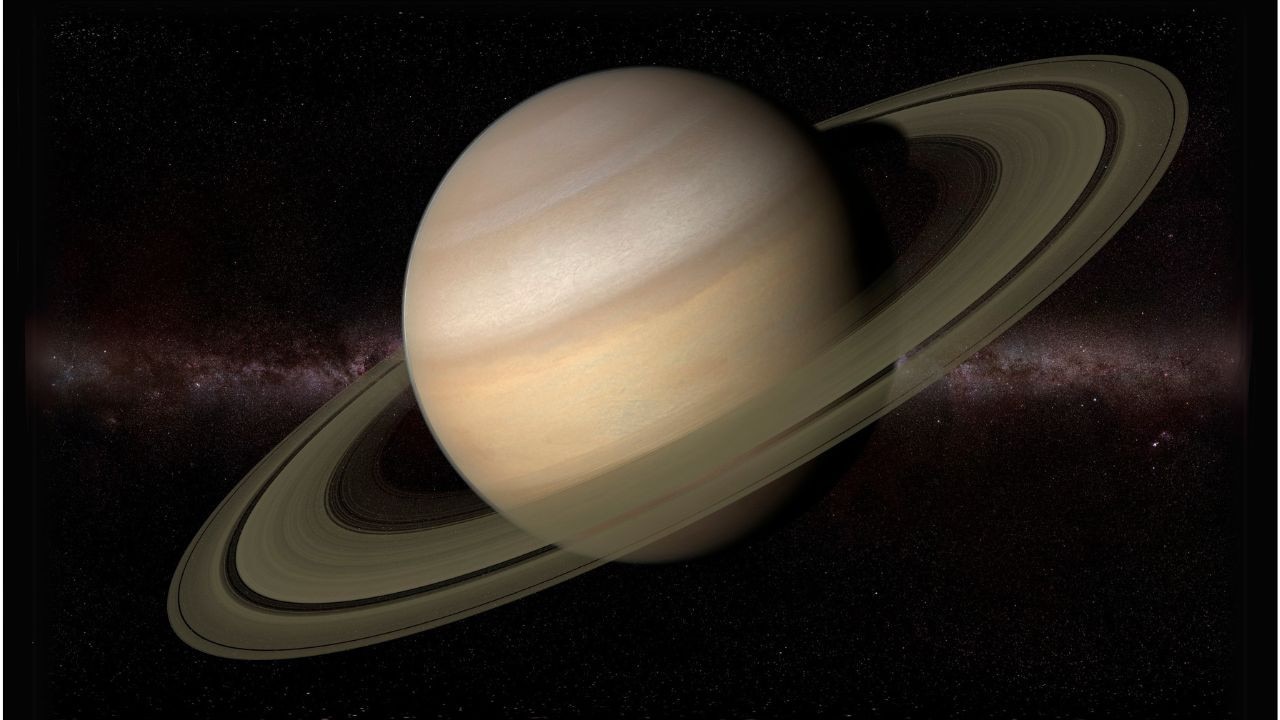‘Uncharted territory’: NASA probe to make Christmas Eve trip to sun’s surface
The probe will travel to “uncharted territory”, flying closer to the fiery surface of the sun than any human-made object has before.

Space
Don't miss out on the headlines from Space. Followed categories will be added to My News.
Christmas will be warm and bright for one NASA mission this year.
NASA’s Parker Solar Probe will swoop toward the fiery surface of the sun on Christmas Eve, travelling closer to the massive star than any human-made object has before, the New York Postreports.
Parker is on course to zoom just 3.8 million miles from the sun’s surface at about 430,000 mph (about 692,000 km/h) cutting through plumes of plasma while circling it on Tuesday morning, the space agency said in a statement.
Contact with the 110-pound (about 50 kilogram) spacecraft – the fastest object ever to be built on Earth – will be lost during its closest approach.
Parker will transmit another beacon tone to mission operators at the Johns Hopkins Applied Physics Laboratory (APL) in Maryland on December 27, to confirm its health following the flyby.
“We can’t wait to receive that first status update from the spacecraft and start receiving the science data in the coming weeks,” said Parker program scientist Arik Posner.
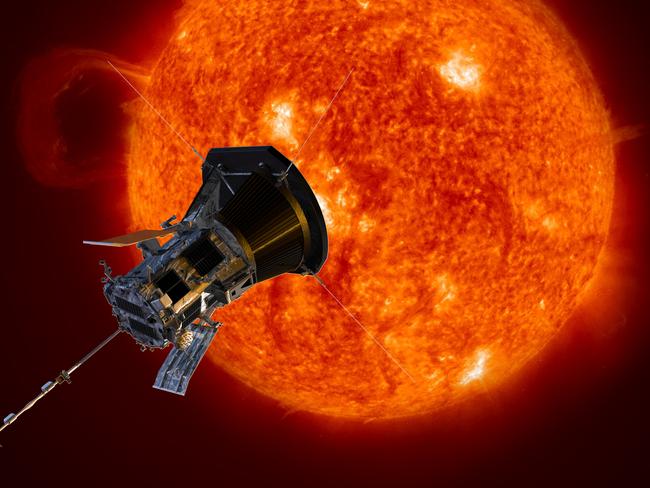
The Parker probe was launched in 2018 as part of NASA’s Living With a Star program with the aim of “touching” the sun.
It has circled the sun more than 20 times since to explore the flaming hot, outermost layer, the corona, which can uncover how the sun-earth system affects life and society.
Studying the corona gives insight into topics including space weather and solar wind, which can interact with Earth’s magnetic field and can damage satellites, knock out power grids and supercharge the northern lights.
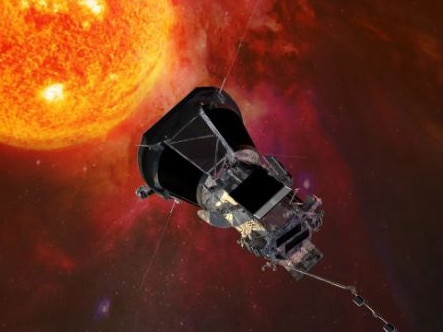
The Christmas Eve flyby will be the first of three final close swings planned for the mission.
“No human-made object has ever passed this close to a star, so Parker will truly be returning data from uncharted territory,” said Nick Pinkine, Parker Solar Probe mission operations manager at APL.
“We’re excited to hear back from the spacecraft when it swings back around the sun,” he added.
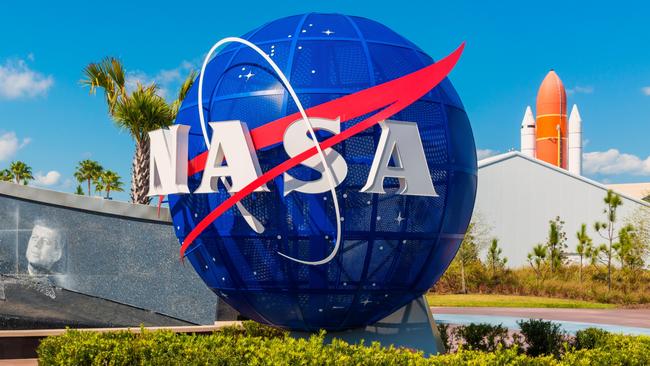
In 2017, the mission was renamed for American physicist Eugene Parker, marking the first time a NASA spacecraft was named after a living person.
Parker proposed a number of concepts in the 1950s about how stars, including the sun, give off energy, which he called solar wind.
He also theorised why the corona is, contrary to what was expected by physics laws, hotter than the surface of the sun itself. Parker died in 2022 at age 94.
This article originally appeared in the New York Post and has been reproduced with permission.
Originally published as ‘Uncharted territory’: NASA probe to make Christmas Eve trip to sun’s surface



